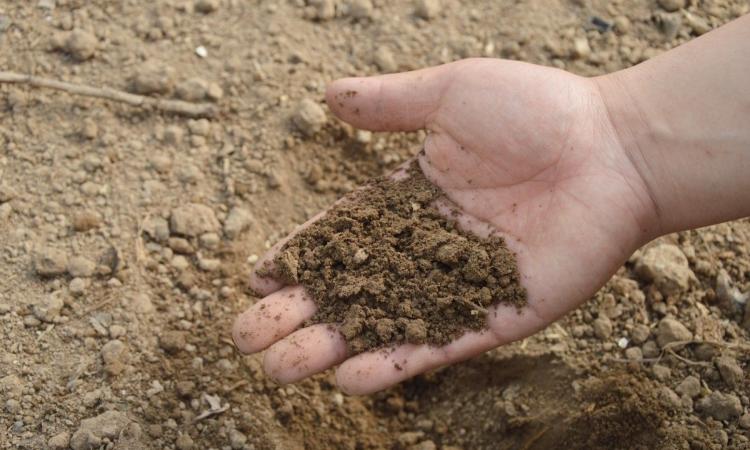
According to a 2022 report by FAO, soil has been declared finite by the United Nations, which predicts catastrophic soil loss within 60 years. Worldwide, soil degradation could cost $23 million by 2050 due to the loss of food, ecosystem services, and income. Soil health in agriculture is critical, with near-term impacts likely. Managing soil health allows farmers to work with the land – not against it – to reduce erosion, maximise water infiltration, improve nutrient cycling, save money on inputs, and ultimately improve the resiliency of their working land.
Farmers play a central role in this aspect. Food production relies on healthy soils to produce high and healthy crop yields. Farmers play a key role in the uptake and development of solutions that increase soil health. As custodians of the land with a deep connection and understanding of the soil in which they farm, farmers are leading the charge in soil regeneration and are setting a precedent for the future of soil-friendly farming. As our understanding of the importance of soil health increases, farmers are implementing a range of different soil-focused agricultural approaches, which in turn increases their productivity and profitability.
Maintaining soil health
Crops draw nutrients from the soil through their roots. The roots, in turn, release food that sustains the beneficial organisms in the soil. This is how the soil food web works. However, roots are not immune to threats. A variety of factors can destroy roots. One of the least understood threats is harmful or bad nematodes, which are microscopic and invisible to the naked eye but have the power to ravage a crop and cause significant yield loss.
Control of harmful nematodes is essential to keeping your crops healthy. Contrary to what many people think, the number of harmful or bad nematodes in the soil is easily outnumbered by the number of good or beneficial nematodes that promote natural fertility and quality over time. Beneficial nematodes feed on bacteria, fungi, insects, or bad nematodes in the soil, stimulating soil nutrient cycles, and keeping populations of damaging plant pests and diseases at bay.
Therefore, it is crucial to adopt farm management tools that work in harmony with the beneficial nematodes.
Management of nematodes is difficult
The most reliable practices are preventive, including sanitation and choice of plant varieties. You can reduce existing infestations through fallowing, crop rotation, and soil solarization. However, these methods reduce nematodes primarily in the top foot or so of the soil, so they are effective only for about a year. They are suitable primarily for annual plants or to help young woody plants establish.
Once nematodes infest an area or crop, try to minimise damage by adjusting planting dates to cooler times of the season when nematodes are less active. Try to provide optimal conditions for plant growth including sufficient irrigation and soil amendments to make plants more tolerant to nematode infestation. When using nematicides, select the ones that provide benefits and stop bad nematodes.
Improve long-term soil health
Farmers can take several actions to preserve and promote the health of their soils, including:
- Minimising disturbance by adopting practices like no-till or minimum tillage
- Planting cover crops to preserve moisture and reduce erosion
- Promoting biodiversity in their soils by minimising farm inputs or wisely choosing inputs that are less disruptive to the beneficial organisms in the soil
As an agricultural innovator, Corteva is built on a belief in promoting sustainable agriculture and providing farmers with the most suitable and effective solutions to protect the health of their soil. Corteva's green chemistry products are designed to minimise environmental impact while promoting sustainable agriculture.
These products help maintain soil health by reducing nutrient loss, improving soil structure, and enhancing microbial activity. For instance, applying Direct Seeded Rice practices can lead to 35-37% reduction in water usage in rice farming, better soil health and reduced greenhouse gas emissions (by 20-30%).
Maintaining soil health is not a one-time task, but a continuous process; where all stakeholders, like representatives from government, industry, private players in fertilisers and agro-chemicals, NGOs, scientists, and farming communities, must be consistently focused.
It is essential to leverage modern technologies like satellite imaging and artificial intelligence to map, govern, and take corrective measures to improve soil health. A simple shift from merely managing the soil to proactively advancing soil health and recognising the greater role it plays in benefiting farmland and the planet.
/articles/healthy-soil-foundation-crop-productivity-and-sustainability